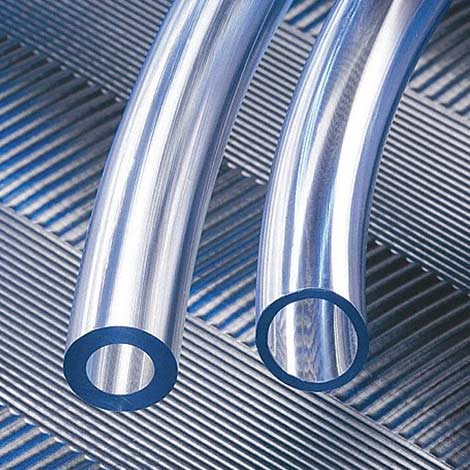Best Practices for Unidirectional Air Flow for Isokinetic Probe Particle Counting
Isokinetic probe particle counters are ideal for remote monitoring in tight spaces with unidirectional air flow.
There is an optimum air flow rate within unidirectional environments which is required for Isokinetic particle sampling to act as a sheathing air that washes particles from a potential contamination source away from the process risk before being exhausted from the process area. This ensures that this potential contamination does not extend beyond a field of control. This flowrate was historically defined as 90 feet per minute, which roughly converts to 0.45 m/s.

To effectively sample particles in this air without disrupting the airflow patterns (and therefore collect as accurately a reflection of the particles entrained within that air flow as possible), isokinetic particle sampling is required. The principles of isokinetic particle sampling are outlined in the paper, eventually concluding that the range of air flow rates that are achievable using a standard probe design is between 0.22 to 0.54 m/s, which is within the range of flowrates approved within Annex 1 regulations for isokinetic sampling.



